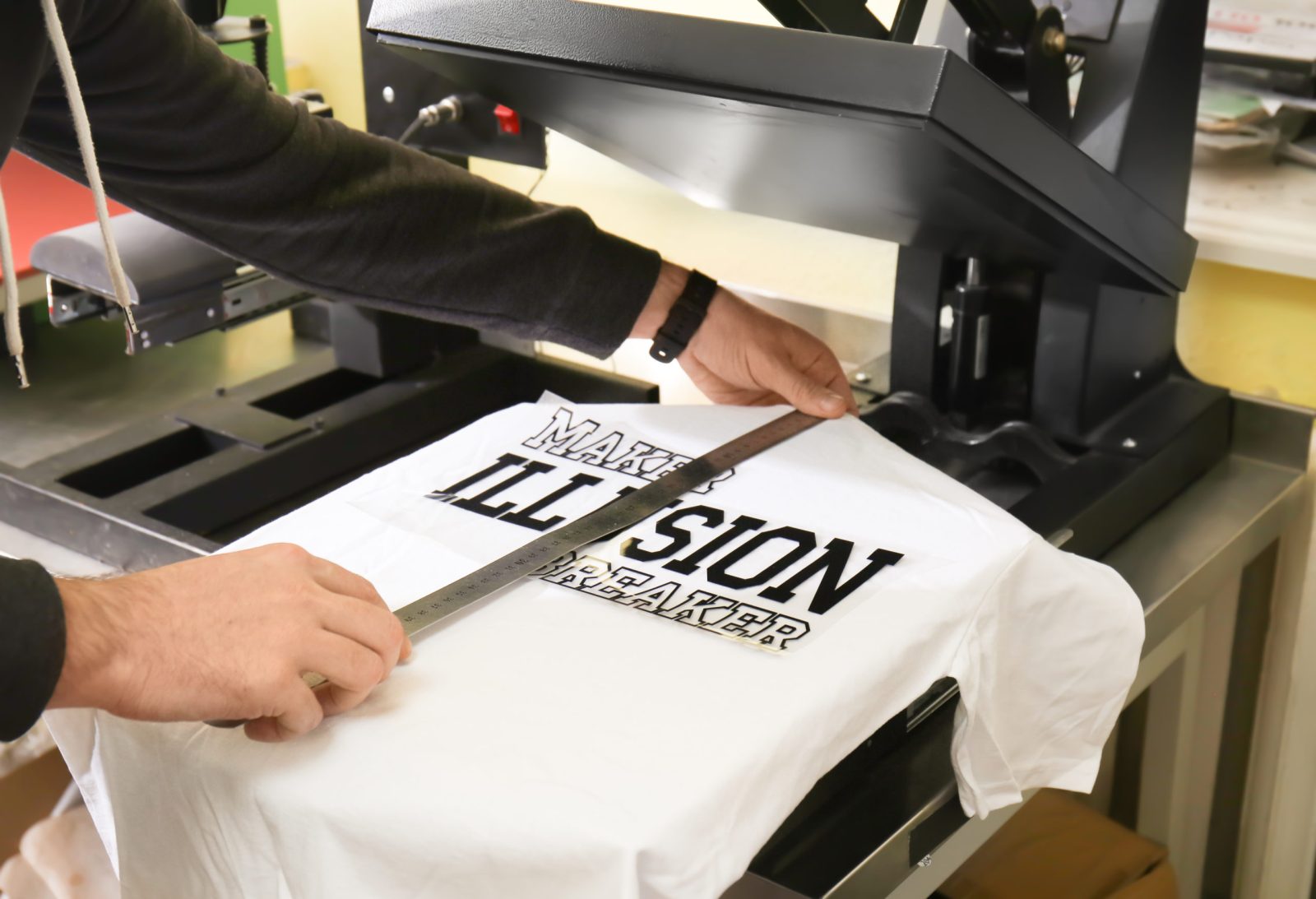Garment finishing is a series of processes that make fabric more attractive and functional. It includes softeners, soil-release finishes and UV protection.
The major functions of garment finishing department are trimming, ironing and preparing packing for shipment. Moreover, they also inspect and repair sewn products.
Scouring makes woven cotton fabrics smoother and softer. Flame singeing smooths fabric by burning protruding fibers.
Thread Sucking
The thread sucking machine is necessary euqipment for garment factory, textile plants, ironing plant etc. It is designed to suck of loose threads in garment before trimming. It has dual turbine & special sucking design which doubles the suction power. With transparent work plate, operator can easily see the working process during working time. It is metal fabricated & hot painted, with airtight cladding which are quickly removable for easy access to blower motor, garment trap, strainer & control box. It is applicable for shirts to skirts of all sizes.
Garments are inspected at this stage to ensure that they have been completed successfully. This includes checking for any stains, swing, washing, and other faults. A quality inspection workstation is required for this, with adequate lighting, a display board and bins to store segregated garments. The garments are also sorted by size, color and style to make the next steps easier. The sorted garments are then ready for packing.
Ironing
Ironing is a critical process in garment finishing. It helps set seams, flatten wrinkles, and give the finished piece a polished look. In addition to smoothing fabric, ironing can also help prevent stretching. It is important to press each seam, dart, and construction detail before joining them to other pieces.
During the ironing process, it is important to use a press cloth or muslin to protect the fabric from heat and damage. You can find these at most craft/fabric shops. If you are using a press cloth, it is important to know that it may need to be replaced regularly.
This is because it can become stained with creases and other marks. If you are pressing a large amount of fabric, it is a good idea to have several press cloths on hand. This will save time and money in the long run. You can also buy a special ironing pad to reduce the risk of staining.
Packing
Garment packing is a crucial activity in the finishing department to meet on time order shipment. The packing process involves a number of steps including washing, checking and final inspections, pressing, folding and packing. This process also includes affixing labels and hang tags on the garments.
Shirts are normally bagged and boxed immediately after their completion. This method reduces handling and improves presentation. Boxed and bagged shirts are then moved to the finished goods stores where they are inspected, labeled and sorted by size and style.
The quality of packing and cartoning is an important factor in attracting buyers. The packaging must be able to withstand a number of factors including moisture resistance, odors and temperature changeability. In addition, it must have a good design that makes the product easy to identify and attractive. The packaging also needs to be safe and durable, especially for international shipments. Lastly, the packaging should be cost-effective. This is because the packaging cost can be significantly reduced by using recycled material.
Inspection
In the garment industry, inspection refers to the visual examination or review of raw materials like fabric, buttons, zipper, sewing thread, trims etc. and partially or fully finished components of garments or completely finished garments in relation to some standards, specifications or requirements.
Quality control inspectors must be well-trained and experienced. Their knowledge and expertise are essential to the accurate performance of visual inspections. This is because the quality of a garment depends largely on the ability to detect defects with the naked eye.
Garments should be inspected before they are shipped to buyers. This is known as pre-shipment inspection or final inspection. This process is usually carried out a few days after the initial production check, especially if discrepancies have been detected. It involves selecting a random sample lot from the total quantity of garments produced, based on either an acceptance sampling plan or skip bundle system. Then, the buyer’s representative can conduct a quality check.apparel finishing







Leave a Reply